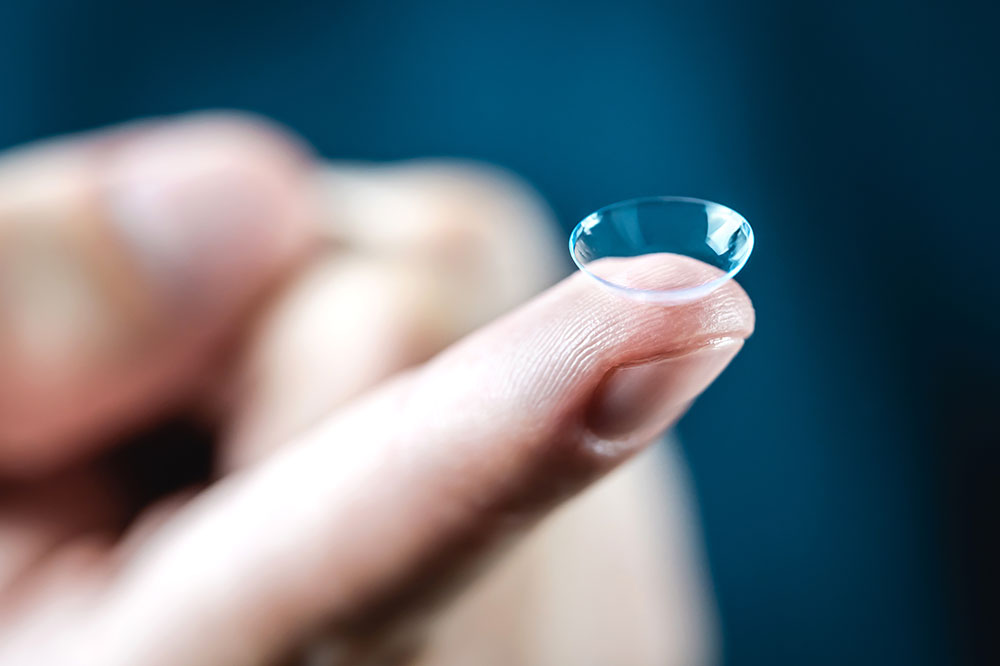
Essential things to know about multifocal contact lenses
Multifocal contact lenses are designed to allow multiple prescriptions into one lens design. These lenses are mainly for those dealing with presbyopia, a condition that causes age-related vision issues. In this disorder, the eyes cannot focus on varying objects at different distances. A multifocal lens helps adjust this problem. However, there are many crucial factors to consider before buying multifocal contact lenses. The following points will help you make an informed choice.
Multifocal or bifocal?
People often confuse these two lenses, so let us understand the difference between them. Multifocal allows for several focal lengths into one lens, while bifocal has distinct focal points at which eyesight is adjusted. Simply put, the difference between the two is the smooth transition of focal points noticed in multifocal lenses and the abrupt change in bifocal lenses.
Types of multifocal lenses
There are two different designs of multifocal lenses to help focus on objects at various distances:
- Concentric : This design consists of the main zone at the center of the lens meant for viewing distant objects. The main zone is surrounded by rings of different powers for different distances.
- Aspheric : While it works similar to the concentric design, there are no distinct rings in this lens. The viewing power changes gradually from the center to the periphery of the lens (or vice versa).
Advantages
Using multifocal contact lenses have many advantages. Some of these include:
- Excellent visual acuity for varying distances
- Easy transition between the range of different focal lengths
- No need for separate glasses for different situations, for instance, if the object is too far or too near or somewhere in between.
Disadvantages
While multifocal contact lenses work wonders for anyone with presbyopia, users also experience a few challenges:
- Difficulty adjusting to these new lenses, just like a new pair of glasses
- Experiencing shadows, starbursts, or even nighttime glare at the initial period of usage (the adjustment phase)
- Expensive due to its complex design and multiple prescriptions
Since multifocal lenses work for reading as well as viewing far-away objects, they are one of the most sought-after options. Still, factors like price can influence a person’s decision.


